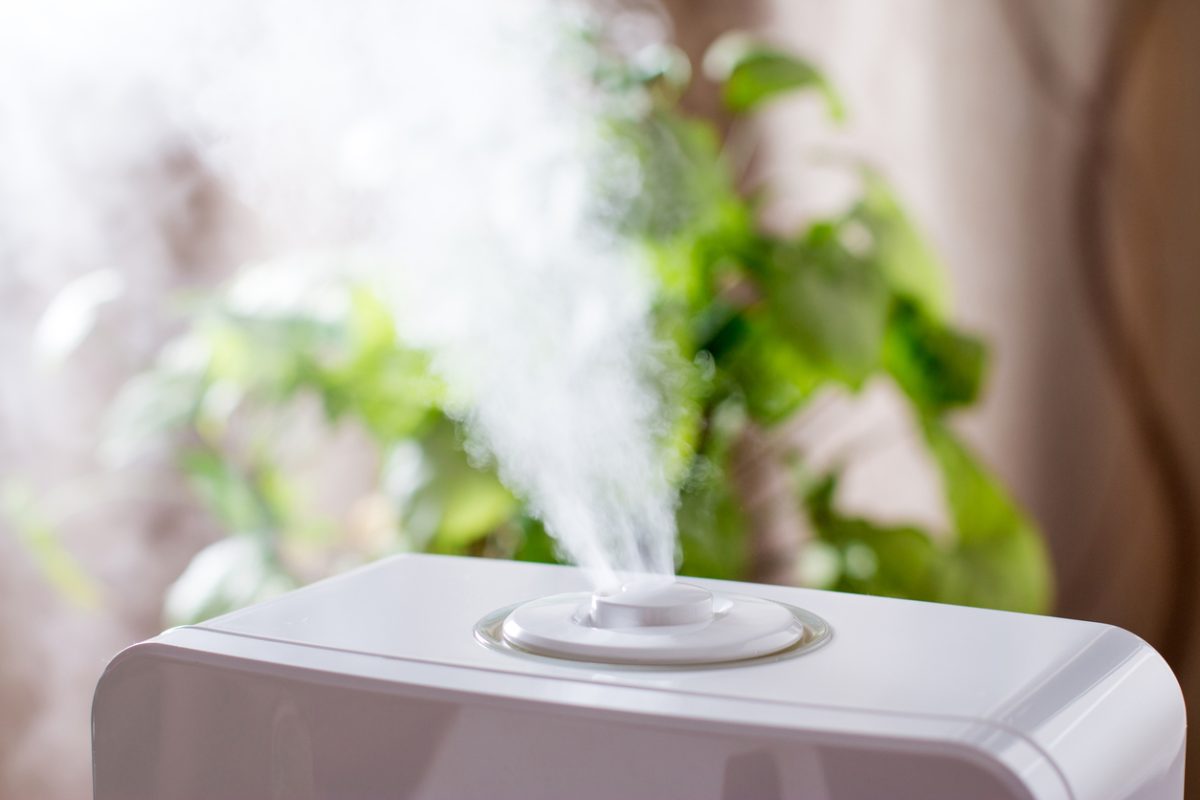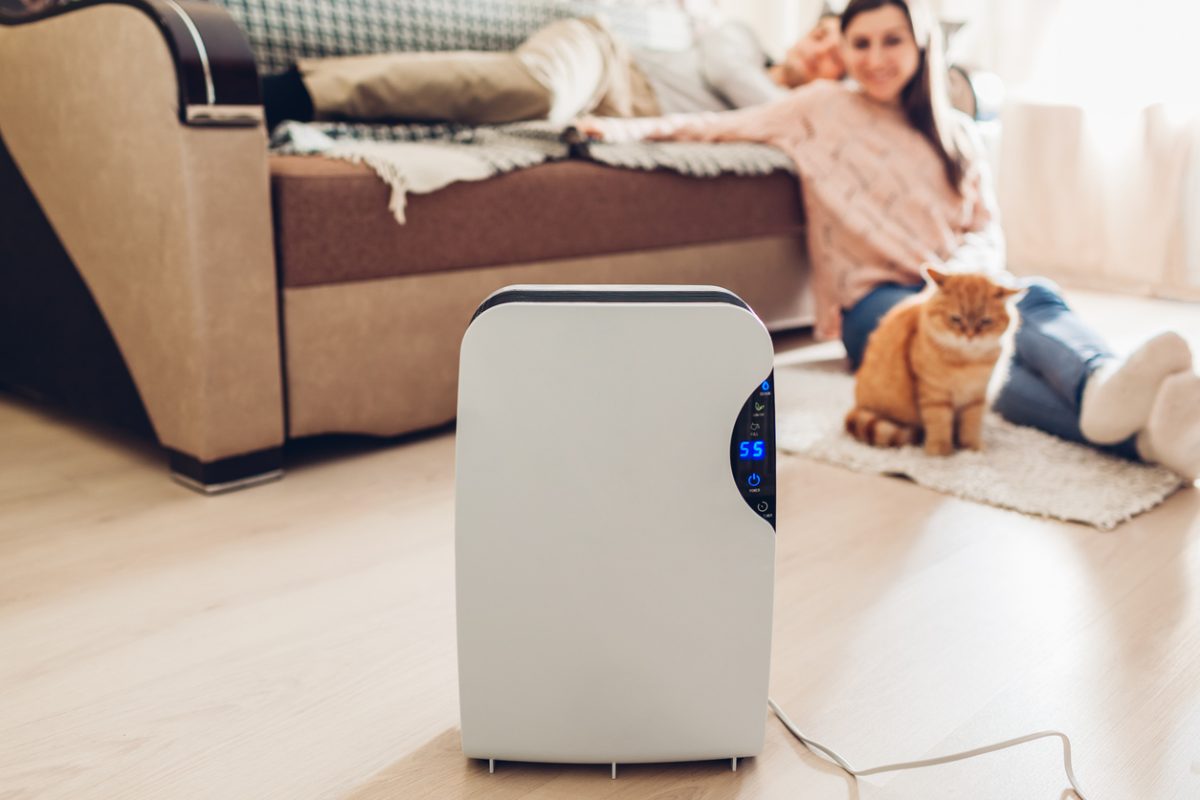 As we usher in 2025, many of us reflect on ways to improve our lives. While common resolutions include eating healthier or exercising more, let’s focus on something that is often overlooked, but important to health and well-being: indoor air quality (IAQ).
As we usher in 2025, many of us reflect on ways to improve our lives. While common resolutions include eating healthier or exercising more, let’s focus on something that is often overlooked, but important to health and well-being: indoor air quality (IAQ).
During winter, when we spend more time indoors with windows sealed tight against the cold, it is easy for pollutants to accumulate, affecting our health and comfort. According to the U.S. Environmental Protection Agency (EPA), levels of indoor pollutants can be two to five times—and occasionally more than 100 times—higher than outdoor levels. Indoor pollutants include allergens, smoke, pet dander, mold, bacteria, respiratory viruses, and more.
Why not make a resolution to improve your indoor air quality? Here’s how to start.
Why Indoor Air Quality Matters
According to the Asthma and Allergy Foundation of America (AAFA), poor indoor air quality can lead to allergies, respiratory issues, and even long-term health problems. Dust, mold, pet dander, and other pollutants all contribute to indoor air pollution. And during the winter, when we spend 90% of our time indoors, the impact is even greater. The good news is that even small changes can improve indoor air quality.
Tips for Improving Indoor Air Quality
- Invest in a portable air cleaner. An air cleaner can remove dust, allergens, and other particles from the air. Choose one sized appropriately for your space and place it in high-traffic or sleeping areas for maximum benefit. When you are ready to purchase an air cleaner, always look for the AHAM Verifide® (learn more about AHAM Verifide below).
- Ventilate while cooking. Cooking can release smoke, grease, and other pollutants into the air. An externally vented range hood can capture these emissions and expel them outdoors. If you already have one, ensure it is functioning well and clean the filters regularly. And if you don’t have an externally vented range hood, you have other options to improve ventilation while cooking.
- Ventilate your home. Letting in fresh air for even 10 minutes a day can help dilute indoor pollutants. Use exhaust fans in the kitchen and bathrooms to reduce moisture and odors.
- Reduce dust and allergens. Vacuum regularly using a vacuum with a HEPA filter. Wash bedding weekly in hot water and use dust-mite-proof covers on pillows and mattresses.
- Control humidity levels. High humidity encourages mold and mildew growth, while low humidity can irritate your skin and respiratory system. Aim for a humidity level between 30-50%. A humidifier or dehumidifier can help keep it in check.
Benefits of Cleaner Indoor Air
By improving your indoor air quality, you may notice:
- Fewer respiratory issues and allergies.
- Better sleep quality.
- A fresher, more inviting home environment.
- Peace of mind knowing you are creating a safer space for your family.
Start 2025 Off Right
Commit to cleaner indoor air as your New Year’s resolution and enjoy the benefits of a healthier home environment all year long.
About AHAM Verifide
When you’re ready to purchase an air cleaner, always look for the AHAM Verifide® mark. Room air cleaners certified through the AHAM Verifide program have been rigorously tested by an independent laboratory to ensure the product will perform to the manufacturer’s product claims for the suggested room size. AHAM’s standard for measuring an air cleaner’s efficacy is called the Clean Air Delivery Rate (CADR). CADR indicates the volume of filtered air an air cleaner delivers, with separate scores for tobacco smoke, pollen and dust. The higher the CADR number for each pollutant, the faster the unit filters the air.
To find AHAM Verifide® room air cleaners, use AHAM’s online searchable directory to locate the model that’s right for you.






